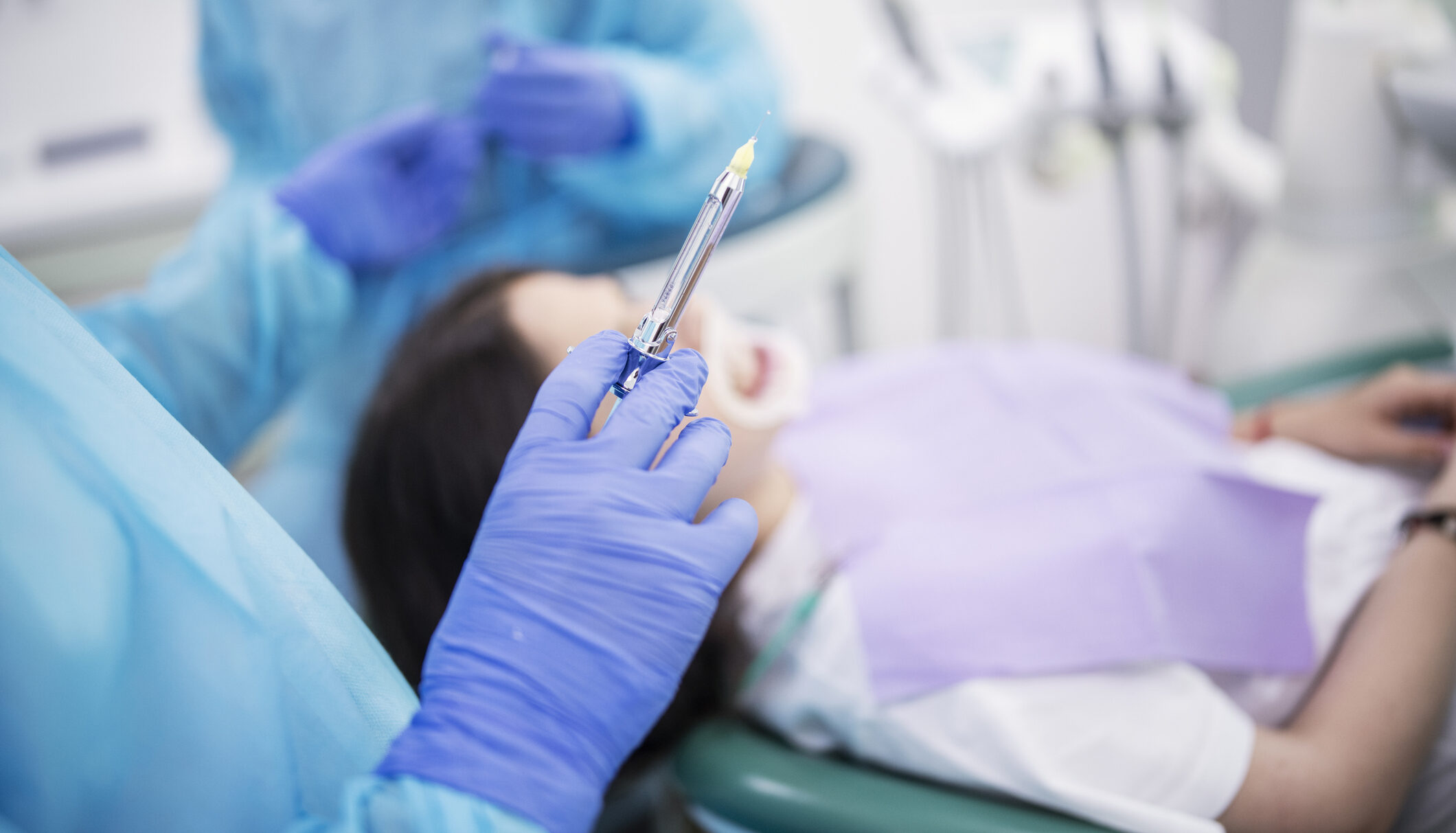Silent Risks Behind the Smile: Why Pediatric Dental Anesthesia Belongs in the Hospital

Every year, countless children receive safe and effective dental care under sedation or general anesthesia. Yet, rare complications can turn a routine procedure into a family’s worst nightmare. This essay examines real-life tragedies, explores where pediatric dental anesthesia is most often performed, and explains why the hospital setting offers unmatched safety. We’ll close with practical questions parents should ask before any child’s dental procedure.
Real-Life Tragedies: Three Young Patients
- Silvanna Moreno, Age 9 (Vista, CA; 2025)
On March 18, 2025, Silvanna underwent a lengthy dental surgery under nitrous oxide and other anesthetic agents. Discharged home awake and stable, she became unresponsive six hours later and died at Rady Children’s Hospital San Diego. The autopsy found methemoglobinemia—a rare blood disorder that prevents oxygen from reaching tissues—as the cause of death. - Dũng Lý, Age 4 (Oakland, CA; 2019)
In April 2019, Dũng received sedation for a dental extraction at an Oakland office. During the procedure, he stopped breathing and was rushed to UCSF Benioff Children’s Hospital, where he died the following day. Physicians noted that even a mild respiratory infection can increase risk under sedation . - Jocelyn Hampel, Age 7 (Jackson, WI; 2021)
On January 8, 2021, Jocelyn underwent routine tooth removal under sedation at a Wisconsin dental practice. Mid–procedure, she suffered sudden cardiac arrest. Despite intensive care and a medically induced coma, she died six days later. An underlying genetic condition (Cohen syndrome) likely heightened her sensitivity to anesthetic drugs .
Where Pediatric Dental Anesthesia Happens
Understanding where anesthesia is delivered helps families weigh safety options:
- Dental Offices
Over 70 percent of U.S. pediatric dentists provide sedation or general anesthesia in their own offices—using nitrous oxide, oral agents, or IV anesthesia—rather than referring children to hospitals or surgical centers. - Ambulatory Surgery Centers (ASCs)
In some cases, dental surgeries occur in freestanding ASCs. One academic report found that 55.3 percent of 1,148 pediatric dental surgeries under general anesthesia took place in an ASC, with the remaining 44.7 percent in the hospital operating room. - Hospital Inpatient Settings
True inpatient (overnight) hospital admissions account for just 14 – 19 percent of all pediatric anesthesia cases—dental and otherwise—with the vast majority managed on an outpatient basis.
Why Hospitals Offer Superior Safety
While office and ASC settings can be convenient and cost-effective, hospitals provide critical advantages:
- Advanced Monitoring & Equipment
- Continuous capnography (end-tidal CO₂), invasive blood pressure lines, and central venous access are standard in hospitals but rare in private offices.
- Board-Certified Pediatric Anesthesiologists
- Hospitals employ specialists trained to manage children’s unique airway anatomy and drug-metabolism differences, reducing the likelihood of unexpected reactions or airway emergencies.
- Immediate Emergency Resources
- On-site access to reversal agents (e.g., methylene blue for methemoglobinemia), extracorporeal life support (ECMO), and full resuscitation teams ensures that life-threatening complications can be addressed in seconds.
- Multidisciplinary Support
- Pediatric intensivists, pulmonologists, hematologists, and other specialists are immediately available for consultation when complex underlying health issues arise.
- Extended Post-Anesthesia Observation
- Hospitals can monitor children in a post-anesthesia care unit (PACU) or pediatric ICU for hours—or overnight—catching delayed complications like methemoglobinemia that might surface only after discharge.
Best Practices & Safety Protocols
Even in non-hospital settings, adopting hospital-level protocols can enhance safety:
- Comprehensive Pre-Procedure Screening
• Review medical history for respiratory infections, anemia, genetic disorders, and recent illnesses.
• Delay elective procedures if any risk factors are present. - Dedicated Monitoring Personnel
• Assign one clinician solely to watch ECG, pulse oximetry, capnography, and blood pressure—without multitasking . - Emergency Drills & Equipment Checks
• Conduct regular pediatric emergency simulations.
• Ensure immediate availability of airway adjuncts, defibrillators, and reversal drugs. - Clear Transfer Agreements
• Establish protocols with nearby hospitals for rapid escalation and transfer when needed.
Questions Parents Should Ask
Before scheduling dental anesthesia for your child, be sure to ask the provider:
- “Where will the anesthesia take place—office, ASC, or hospital?
- “Who will administer the anesthesia, and are they board-certified in pediatric anesthesia?”
- “How is my child’s airway monitored during the procedure? Do you use continuous capnography?”
- “What emergency medications and equipment are immediately available?”
- “How long will my child be observed after anesthesia, and by whom?”
- “If complications occur, what is your transfer plan to a hospital?”
- “Can you share your office’s pediatric sedation incident rate?”
Conclusion
While pediatric dental anesthesia – whether in offices, ASCs, or hospitals – is overwhelmingly safe, the rare tragedies of Silvanna, Dũng, and Jocelyn remind us that true safety demands the highest level of preparation. Hospitals, with their advanced monitoring, specialized staff, and immediate emergency resources, provide a critical safety net. By asking informed questions and choosing the right setting, parents can help ensure their child’s dental care remains routine—and safe.
Sources & Further Reading
- People.com. “Cause of Death Revealed for 9-Year-Old Who Was Placed Under Anesthesia for Dental Procedure” (Mar 2025).
- ABC7/KGO. “Oakland dental office under investigation after 4-year-old dies” (May 17, 2019).
- Becker’s Dental Review. “7-year-old Wisconsin girl dies after tooth removal” (Jan 20, 2021).
- American Board of Pediatric Dentistry Diplomate Survey. Pediatric Dentists’ Use of Sedation and Anesthesia (2017).
- Malviya S, Voepel-Lewis T, Tait AR. “Incidence and nature of adverse events during pediatric sedation/anesthesia for procedures outside the operating room.” Pediatric Anesthesia. 2018;28(4):327–335.
- Academic Center Report. Distribution of Pediatric Dental Surgeries by Setting (2017–2018).
- Large-Scale Pediatric Anesthesia Data. Inpatient vs. Outpatient Case Distribution (2019).
